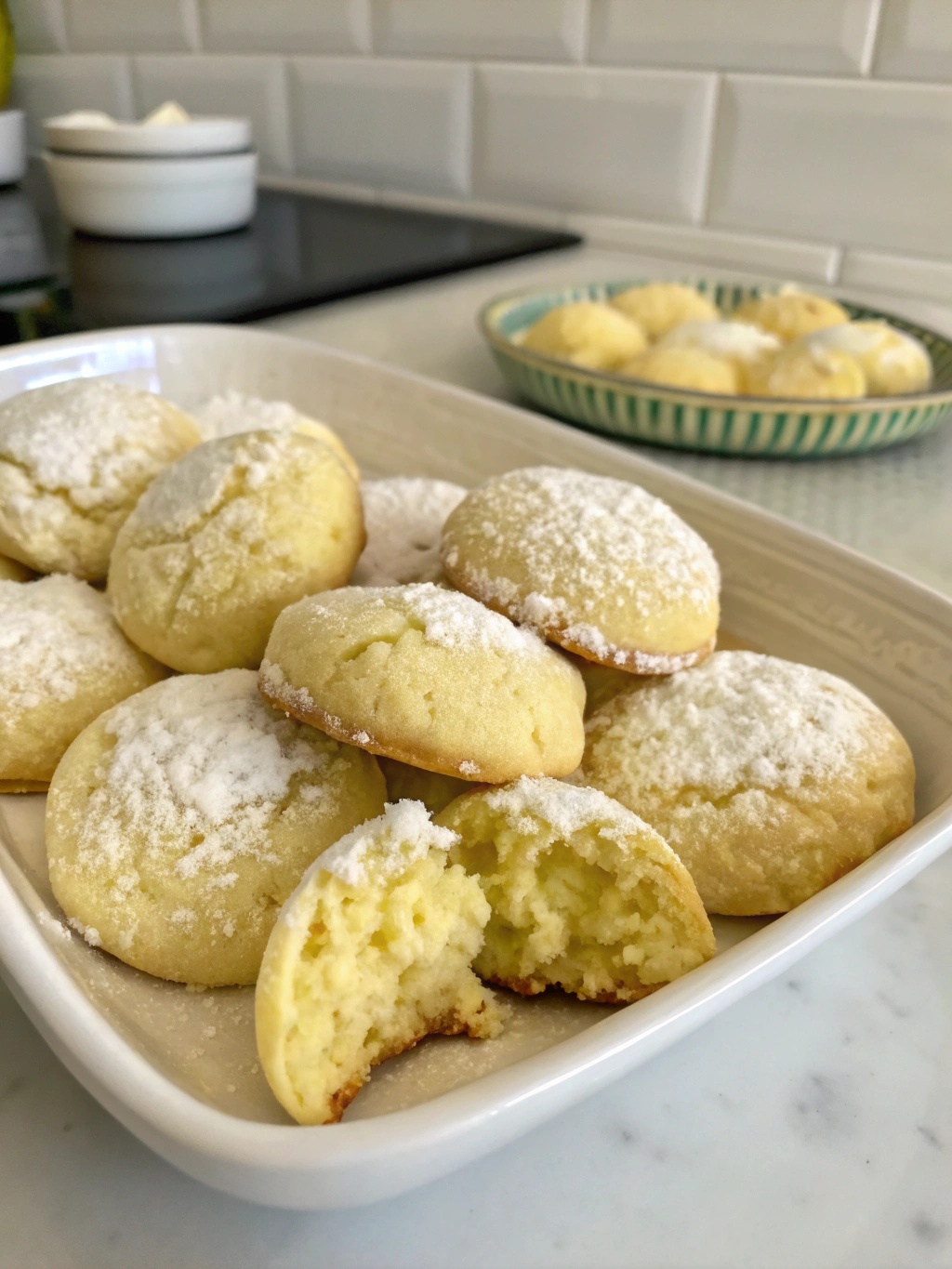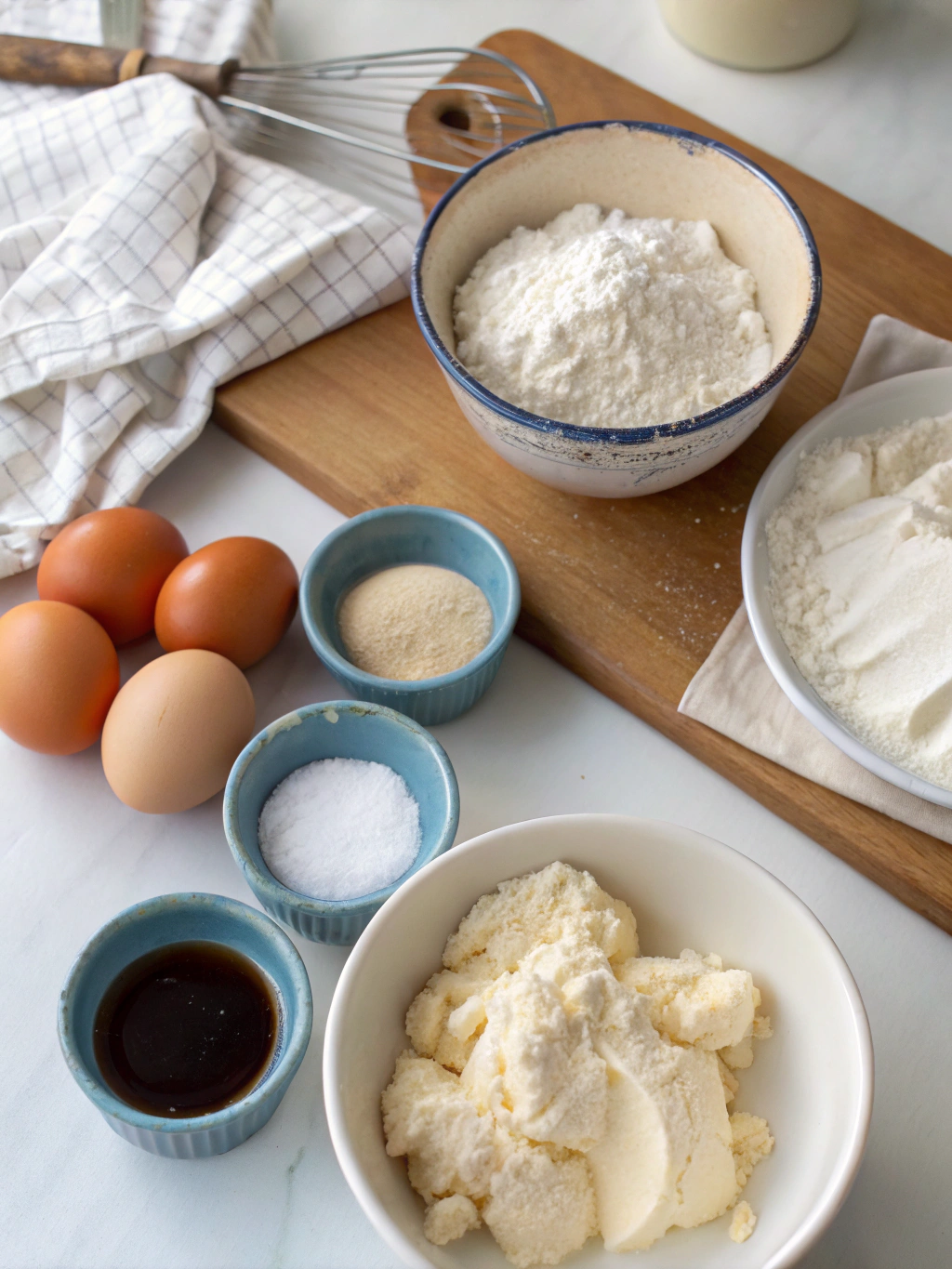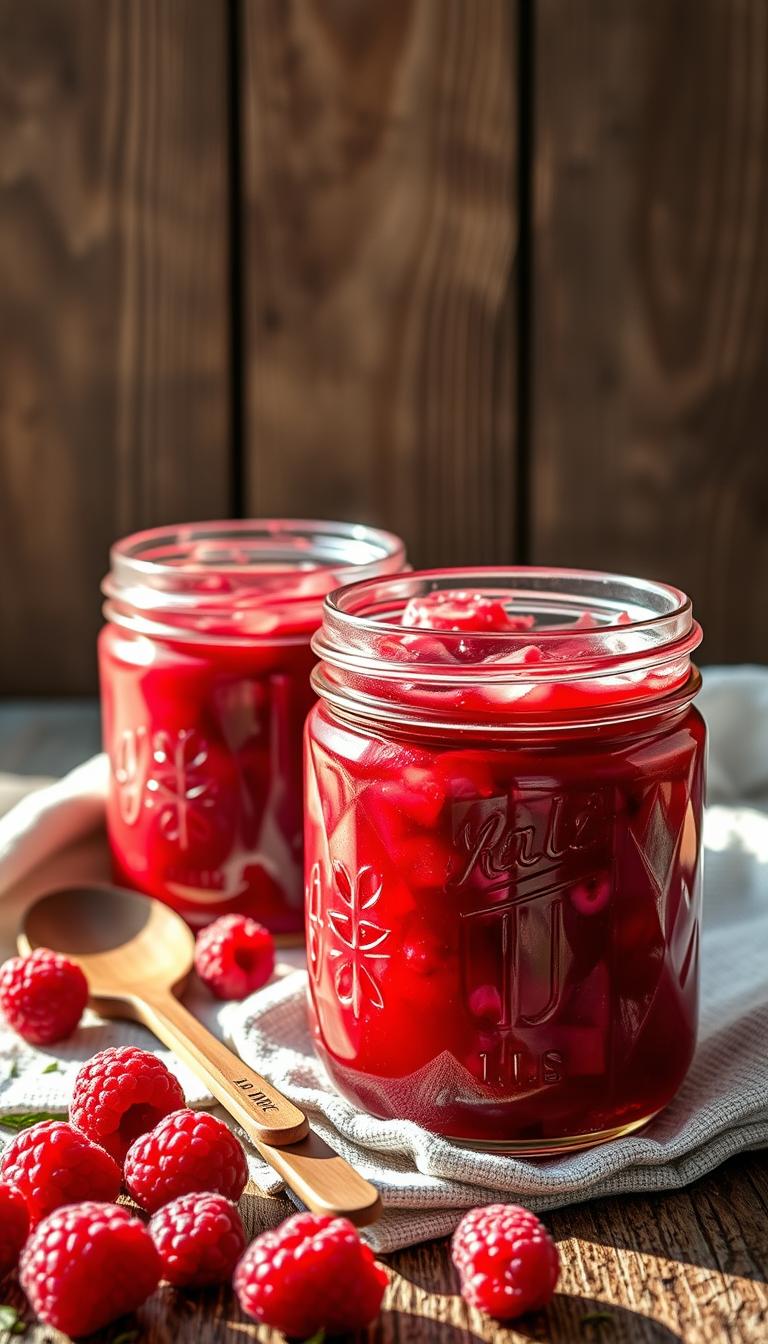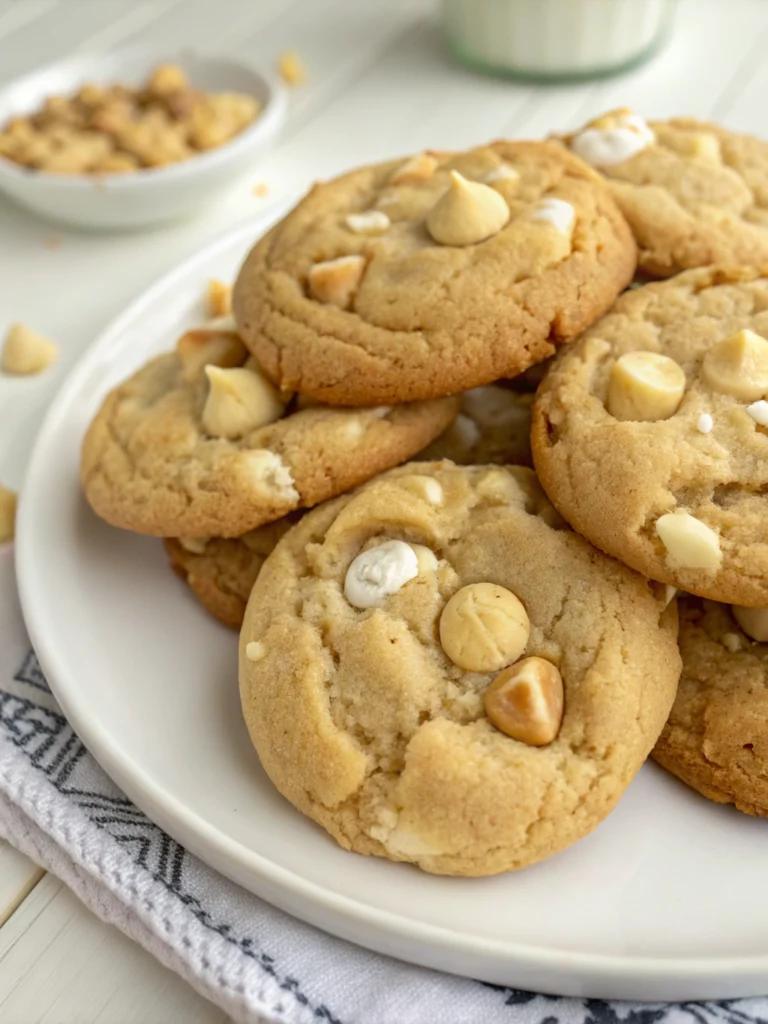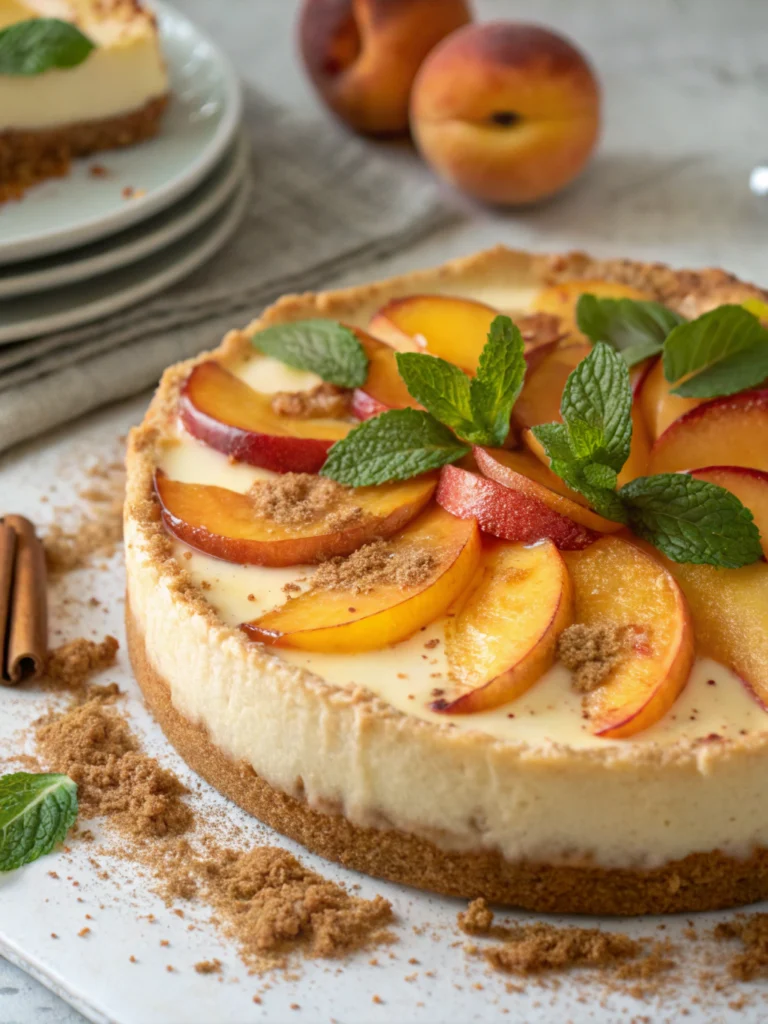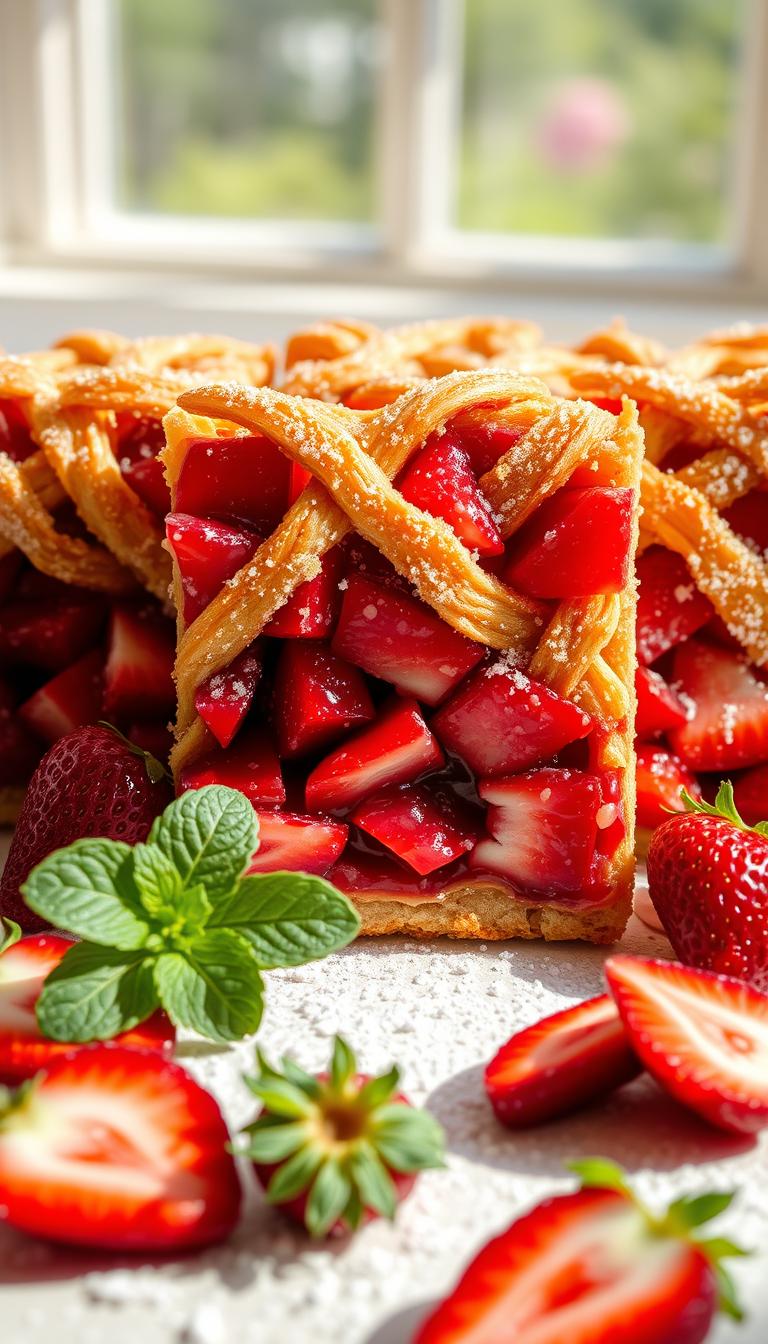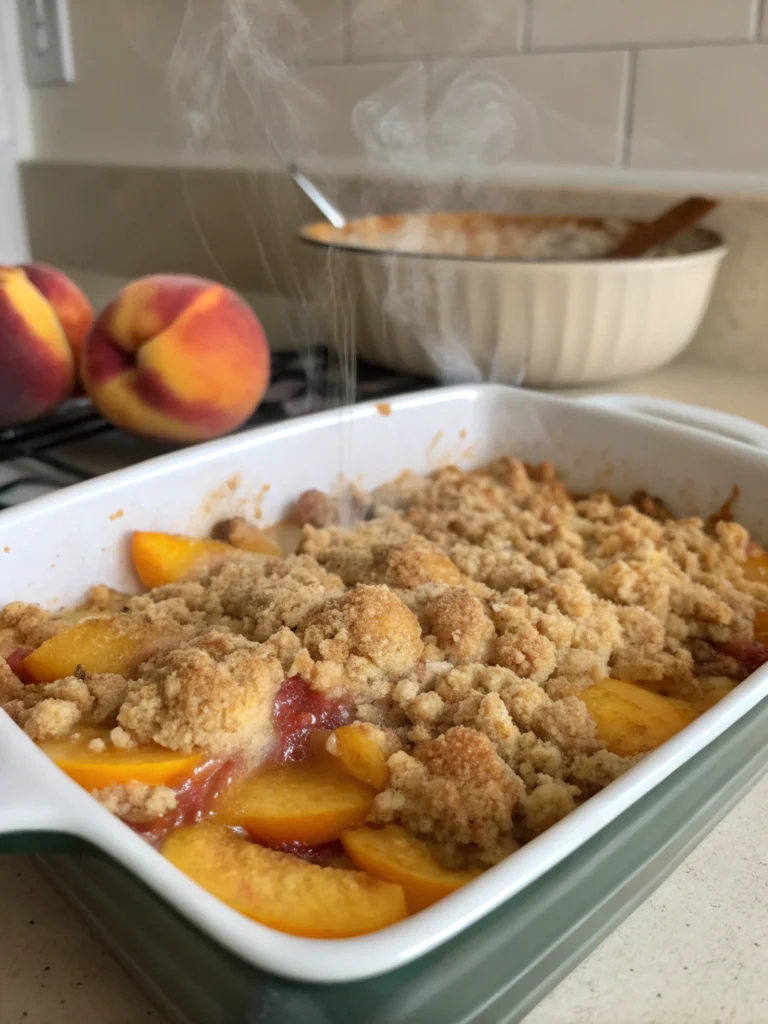Ricotta Cookies
These soft, cake-like ricotta cookies are a delightful Italian-inspired treat with a delicate sweetness and melt-in-your-mouth texture. Topped with a simple glaze, they’re perfect for holidays, special occasions, or anytime you crave a not-too-sweet cookie.
Easy Ricotta Cookies Recipe
When it comes to Italian cookies that have stood the test of time, ricotta cookies deserve a special place in your recipe collection. These pillowy, tender treats have been gracing cookie platters at Italian family gatherings for generations, and for good reason. The addition of creamy ricotta cheese creates an exceptionally soft texture that’s unlike any other cookie, while the subtle vanilla flavor and light glaze make them irresistible without being overly sweet.
Traditional during Christmas and Easter celebrations, these ricotta cookies have become year-round favorites for their versatility and crowd-pleasing nature. They’re as perfect for holiday cookie exchanges as they are for afternoon coffee breaks or after-school treats.
THIS RECIPE:
- Makes perfectly soft, cake-like cookies with a tender crumb
- Uses simple pantry staples plus ricotta cheese
- Features a quick lemon glaze that adds just the right amount of sweetness
- Can be customized with different extracts or citrus flavors
| Recipe Details | Information |
|---|---|
| Prep Time | 20 minutes |
| Cook Time | 12 minutes |
| Total Time | 45 minutes (including cooling) |
| Servings | 36 cookies |
| Yield | 3 dozen cookies |
What makes this ricotta cookies recipe truly special is its simplicity combined with extraordinary results. Even novice bakers can achieve professional-looking cookies that taste like they came from an Italian bakery. The dough comes together quickly, requires no chilling time, and bakes up consistently perfect every time. Whether you’re making these for a special occasion or just because, these ricotta cookies are sure to become a new favorite in your baking repertoire.
Ingredients for Ricotta Cookies
The secret to exceptional ricotta cookies lies in using fresh, high-quality ingredients. While the ingredient list is relatively simple, each component plays an important role in creating the signature texture and flavor that makes these cookies so special.
Cookie Dough:
- 2½ cups all-purpose flour
- 1 teaspoon baking powder
- ½ teaspoon baking soda
- ½ teaspoon salt
- ½ cup (1 stick) unsalted butter, softened
- 1 cup granulated sugar
- 1 cup whole milk ricotta cheese
- 2 large eggs, room temperature
- 1 teaspoon pure vanilla extract
- ¼ teaspoon almond extract (optional)
- Zest of 1 lemon (about 1 tablespoon)
Simple Glaze:
- 2 cups powdered sugar, sifted
- 3-4 tablespoons milk or lemon juice
- ½ teaspoon vanilla extract
- Sprinkles for decorating (optional)
When it comes to ricotta cookies, the type and quality of ricotta you use makes a significant difference. Whole milk ricotta provides the richest flavor and best texture, though part-skim can work in a pinch. For the most authentic taste, look for Italian-style ricotta that has a thick, creamy consistency rather than the watery variety.
| Ingredient Category | Recommended Quantity | Quality Tips |
|---|---|---|
| Ricotta Cheese | 1 cup whole milk | Drain excess liquid if very wet; fresh ricotta is best |
| Butter | ½ cup unsalted | Use European-style for higher fat content and better flavor |
| Flour | 2½ cups all-purpose | Measure by spooning into cups and leveling off |
| Extracts | 1 tsp vanilla, ¼ tsp almond | Use pure extracts rather than imitation for better flavor |
| Citrus | 1 lemon (zest only) | Use organic lemons if possible for zesting |
How to Make Ricotta Cookies
Making homemade ricotta cookies is a straightforward process that yields impressive results. The key to their signature soft texture lies in proper mixing technique and careful attention to baking time. These cookies should remain pale when baked, with just the lightest golden color on the bottom.
Step-by-Step Instructions:
Prepare your workspace: Preheat your oven to 350°F (175°C). Line two baking sheets with parchment paper or silicone baking mats.
Mix dry ingredients: In a medium bowl, whisk together the flour, baking powder, baking soda, and salt. Set aside.
Cream butter and sugar: In the bowl of a stand mixer fitted with the paddle attachment (or using a hand mixer), beat the softened butter and granulated sugar on medium speed until light and fluffy, about 2-3 minutes. Stop to scrape down the sides of the bowl as needed.
Add wet ingredients: Add the ricotta cheese and beat until fully incorporated. Then add the eggs one at a time, mixing well after each addition. Mix in the vanilla extract, almond extract (if using), and lemon zest until combined.
Combine wet and dry ingredients: Gradually add the dry ingredients to the wet ingredients on low speed, mixing just until combined. The dough will be soft and somewhat sticky.
Portion cookies: Using a cookie scoop or tablespoon, drop rounded tablespoons of dough onto the prepared baking sheets, spacing them about 2 inches apart. For the most professional appearance, roll each portion into a smooth ball between your palms.
Bake the cookies: Bake in the preheated oven for 10-12 minutes, or until the bottoms are just barely golden and the tops are set but still very pale. Do not overbake—these cookies should remain light in color.
Cool completely: Allow cookies to cool on the baking sheets for 5 minutes before transferring to wire racks to cool completely before glazing.
Prepare the glaze: In a medium bowl, whisk together powdered sugar, 3 tablespoons of milk or lemon juice, and vanilla extract until smooth. Add additional liquid as needed to achieve a pourable but not watery consistency.
Glaze cookies: Once cookies are completely cooled, dip the tops into the glaze or drizzle glaze over them. If using sprinkles, add them immediately before the glaze sets. Allow the glaze to set completely (about 1-2 hours) before storing.
Pro tip: For the most tender cookies, be careful not to overmix the dough once you add the flour. Mix just until the flour disappears into the batter to prevent developing too much gluten, which can make cookies tough.
Tips for Making Ricotta Cookies
Creating perfect ricotta cookies every time is simple when you follow these expert tips and tricks. These suggestions will help you achieve the ideal texture and flavor that makes these cookies so beloved.
• Use room temperature ingredients (especially eggs and butter) for the most even mixing and best texture
• If your ricotta is very wet, drain it in a fine-mesh strainer for 30 minutes before measuring
• For uniform cookies, use a cookie scoop rather than a spoon for portioning
• Don’t flatten the dough balls before baking—they’ll spread just the right amount on their own
| Technique | Recommendation | Why It Matters |
|---|---|---|
| Mixing | Mix just until ingredients are combined | Overmixing develops gluten, resulting in tougher cookies |
| Baking Time | Pull cookies when tops are set but before browning | These cookies should remain pale for the proper texture |
| Glazing | Wait until completely cooled before glazing | Applying glaze to warm cookies causes it to run off |
| Flavoring | Balance extracts with citrus notes | Too much extract can overpower the delicate ricotta flavor |
When folding in the dry ingredients, use a gentle touch. The magic of ricotta cookies lies in their tender crumb, which comes from minimal handling. If the dough becomes too sticky to work with, resist the urge to add more flour, which can make the cookies dry. Instead, lightly coat your hands with nonstick cooking spray or a bit of butter when rolling the dough.
Additionally, the baking time is crucial for ricotta cookies. They should look almost underdone when you take them out of the oven, as they will continue to set up as they cool. If they get too much color, they’ll lose their signature soft, cake-like texture.
Make-Ahead Instructions
Ricotta cookies are perfect for planning ahead, whether for holiday baking or special occasions. With the right preparation, you can have freshly baked cookies ready with minimal last-minute work.
The cookie dough can be prepared up to 24 hours in advance and stored in the refrigerator, tightly covered with plastic wrap. When ready to bake, allow the dough to sit at room temperature for about 15-20 minutes to soften slightly before scooping and baking.
For longer storage, you can prepare and portion the dough into balls, then freeze them on a baking sheet before transferring to a freezer-safe container or bag. Frozen dough balls can be stored for up to 3 months. When baking from frozen, add 1-2 minutes to the baking time—no need to thaw first.
The glaze should be prepared fresh just before using, as it sets quickly and doesn’t store well. However, you can measure and sift the powdered sugar ahead of time to streamline the process.
For partially made-ahead cookies, you can bake the cookies and store them unglazed in an airtight container for up to 3 days, then glaze them shortly before serving for the freshest presentation.
Storing Leftovers
Proper storage is essential for maintaining the soft texture and fresh flavor of your ricotta cookies. When stored correctly, these cookies will stay delicious for several days.
Once the glaze has completely set (allow at least 2 hours), store the cookies in an airtight container at room temperature. To maintain softness and prevent them from sticking together, place a piece of parchment or wax paper between layers.
Properly stored ricotta cookies will remain fresh at room temperature for 3-4 days. If your kitchen is particularly warm or humid, you may want to refrigerate them instead, which can extend their shelf life to about 5-7 days.
For the best eating experience after storage, allow refrigerated cookies to come to room temperature for about 15-20 minutes before serving. This helps restore their soft texture and enhances the flavor.
If you notice your cookies becoming slightly dry after storage, place a slice of sandwich bread in the container overnight—the cookies will absorb moisture from the bread and become soft again.
Freezing Ricotta Cookies
Ricotta cookies freeze beautifully, making them perfect for advance holiday baking or keeping a treat on hand for unexpected guests.
For best results, freeze the cookies after baking but before glazing. Allow the baked cookies to cool completely, then place them in a single layer on a baking sheet and freeze until solid (about 1-2 hours). Once frozen, transfer the cookies to a freezer-safe container or heavy-duty freezer bag, placing parchment paper between layers to prevent sticking.
Properly wrapped and stored, unglazed ricotta cookies can be frozen for up to 3 months without any significant loss of quality. If you must freeze glazed cookies, be aware that the glaze may become slightly sticky upon thawing.
To thaw frozen ricotta cookies, remove them from the freezer and let them come to room temperature in their sealed container for about 2 hours. This slow thawing helps preserve their texture. Once thawed, you can glaze them as directed in the recipe.
For the freshest taste, consider freezing the cookies unglazed, then adding the glaze after thawing. This gives you that fresh-baked flavor and appearance even weeks after baking.
Serving Suggestions
Ricotta cookies are versatile treats that can be presented in numerous ways depending on the occasion. Their delicate flavor profile makes them perfect for pairing with various beverages and complementary foods.
For a traditional Italian presentation, serve these cookies on a decorative platter alongside espresso or cappuccino. The coffee’s bitterness beautifully complements the subtle sweetness of the cookies, creating a balanced flavor experience.
During holiday seasons, arrange ricotta cookies as part of a cookie assortment, perhaps with biscotti, amaretti, and other Italian favorites. For Christmas, use red and green sprinkles on the glaze; for Easter, pastel colors create a festive touch.
These cookies also pair wonderfully with:
- Hot tea, particularly Earl Grey or chamomile
- A glass of cold milk (perfect for children)
- Sweet dessert wines like Moscato d’Asti or Vin Santo
- Fresh berry compotes as an accompaniment
For a more elaborate dessert presentation, sandwich a small scoop of lemon sorbet or vanilla gelato between two cookies to create a delightful ice cream sandwich. Alternatively, crush the cookies to use as a topping for puddings or trifles.
Ricotta cookies are best enjoyed at room temperature when their texture is at its softest and most cake-like. If serving from the refrigerator, allow them to sit out for 15-20 minutes before offering to guests.
FAQ
Can I use part-skim ricotta instead of whole milk ricotta?
Yes, you can substitute part-skim ricotta, though the cookies may be slightly less rich and tender. Whole milk ricotta provides the best texture and flavor, but part-skim will still produce delicious results. Avoid fat-free ricotta, as it lacks the necessary fat content for proper texture development.
Why did my ricotta cookies spread too much during baking?
Excessive spreading usually occurs when the butter is too soft or melted. Make sure your butter is at cool room temperature—soft enough to cream but still holding its shape. Other causes include using too little flour or overmixing the dough. Also check that your oven is properly calibrated to the correct temperature.
Can I make these cookies without the glaze?
Absolutely! While the glaze adds a nice touch of sweetness, ricotta cookies are delicious on their own. If omitting the glaze, you might want to increase the sugar in the dough by 2-3 tablespoons or dust the finished cookies with powdered sugar for a touch of sweetness and visual appeal.
What can I substitute for the lemon zest?
Orange zest makes an excellent substitute and pairs beautifully with the ricotta. You could also use lime zest for a different citrus note. If you prefer to avoid citrus altogether, increase the vanilla extract to 1½ teaspoons and add ½ teaspoon of ground cardamom for a delicate, aromatic flavor profile.
My cookies didn’t puff up as expected. What went wrong?
If your cookies didn’t rise properly, check the freshness of your baking powder and baking soda, as these leavening agents lose effectiveness over time. Another common issue is overworking the dough, which can develop too much gluten and prevent proper rising. Remember to mix just until the ingredients are combined for the lightest, fluffiest texture.

